Matanuska Tundra
ATFCannabinoid THC Dominant
THC 16.5 - 19.5%
CBD 1.02 - 1.48%
Effect Giggly
Side Effect Headache
Flavor Sweet
Matanuska Tundra Strain Cannabinoids
| THC | Tetrahydrocannabinol, or THC, is a major cannabis chemical compound. It is a psychoactive element that stimulates dopamine release and induces euphoria or happiness. THC-rich strains may be helpful with such conditions as lack of appetite, chronic pains , etc. It is considered to be the primary active marijuana component. | 16.5 - 19.5% |
| CBD | Cannabidiol, or CBD, is a major compound in cannabis, which is non-psychoactive. It is also proved to counteract the side effects of the second major component THC. CBD is widely used for medicinal purposes in rubs, oils and so on. It is helpful in muscle pain cases, may treat arthritis and migraines. Even Greeks used it against pain, while Queen Victoria applied it to get rid of menstrual cramps. | 1.02 - 1.48% |
| CBC | Cannabichromene, or CBC, is a minor cannabinoid, meaning that its quantity in cannabis is quite little. Though it has the same origin as CBD and THC, it is different in functions. Without any psychoactive effects, it is an efficient cannabis compound in combating acne and depression. CBC produces analgesic, antibacterial and anti-inflammatory effects. | 0.14 - 1.29% |
| CBG | Cannabigerol, or CBG, is one of the minor cannabis compounds in adult plants. On the other hand, young ones contain a lot of this antibacterial and anti-inflammatory component. During the growth, CBG is converted into different cannabinoids, mostly THC and CBD. The compound itself increases appetite and decreases eye pressure. | 0.42 - 1.65% |
| CBN | Cannabinol, or CBN, is a trace element in cannabis that is considered to be mildly psychoactive. It appears from oxidation THC, exposed to light and heat. CBN is mostly contained in old cannabis and in traditional hashish. It is effective against insomnia, bacterial infections and appetite loss. | 0.4 - 0.27% |
| THCV | Tetrahydrocannabivarin, or THC-V, is a compound contained in cannabis in trace amounts. Even though it is close to THC molecularly, it is different in effects. This compound may be psychoactive only in large amounts. THC-V reduces blood sugar, controls appetite, stimulates bone growth, etc. African Sativa strains are the richest in THC-V. | 0.3 - 1.2% |
Matanuska Tundra Strain Information
| Effects | |
| Side Effects |
Headache
Panic attacks
Insomnia
Tingly
Rapid heart beat
|
| Common Usage | |
| Taste | |
| Terpenes | |
| Breeder |
Unknown
|
| Color |
Green
|
| Strain origin |
Unknown
|
Matanuska Tundra Strain Growing Information
| Flowering Time | 66 - 73 Days |
| Harvest Time | 79 Days |
| Flowering Type | Photoperiod |
| Height indoor | 60-80 Inches |
| Height outdoor | 90 > Inches |
| Yield indoor | 1 - 2 Oz/Ft² (~ 400 g/m²) |
| Yield outdoor | 15 - 20 Oz/plant (~ 550 g/plant) |
Matanuska Tundra Terpene Profile
| Pinene | Pinene is one of the most widespread terpenes in nature, found in pine trees, basil, nutmeg, parsley, and rosemary. Cannabis containing terpene (alpha-pinene or α-pinene) boasts a strong pine scent. Pinene is responsible for anti-inflammatory, pain-relieving, and anti-anxiety effects. | 0.17% |
| Humulene | Humulene (also known as α-humulene) is one of the major terpenes found in cannabis, contributing to woody, earthy, spicy, herbaceous, and, mainly, floral aromas of cannabis. Used in modern medicine, humulene offers anti-inflammatory, antibacterial, and appetite suppressant effects, which have been well-researched by pharmaceutical companies. | 0.13% |
| Limonene | Limonene (also known as d-limonene) is the second most common terpene in nature and the third most common terpene in cannabis. It has a powerful citrus aroma and can be found in all citruses, including lemons, oranges, grapefruits, limes, juniper, etc. Limonene is known to elevate moods and provide anxiety, depression, and stress relief. | 0.13% |
| Sabinene | Sabinene is a terpene with a peppery, spicy, citrusy, and piney aroma, presented in Norway spruce, Holm oak trees, black pepper, cardamom, and carrot seeds. Found in cannabis in small quantities. Allegedly, sabinene has anti-inflammatory and antimicrobial properties. | 0.17% |
| Bisabolol | Bisabolol (also known as α-Bisabolol or levomenol) is a lesser-known terpene found in cannabis. It contributes to anti-inflammatory, anti-irritant, antioxidant, anti-microbial, and analgesic properties of weed strains containing bisanol. Attentive smokers would be able to catch a nutty, fruity scent with herbal and floral undertones, with a tender trace of coconut. | 0.39% |
| Total terpenes content | 0.99% |
Matanuska Tundra Terpene and Taste Chemistry
Similar Strains By Effects
THC 20 - 21.5%
CBD 0.75 - 1.12%
Effect Euphoric
Flavor Grape
THC 17 - 19%
CBD 0.31 - 0.44%
Effect Euphoric
Flavor Orange
Similar Strains By Taste
THC 21 - 22.6%
CBD 0.33 - 0.52%
Effect Relaxed
Flavor Diesel
THC 19.75 - 23%
CBD 0.17 - 1.13%
Effect Sleepy
Flavor Sweet
THC 17.67 - 20.33%
CBD 0.34 - 0.69%
Effect Giggly
Flavor Pungent
THC 15 - 21%
CBD 0.39 - 0.82%
Effect Hungry
Flavor Lime
THC 19.83 - 19.67%
CBD 1.37 - 1.73%
Effect Giggly
Flavor Spicyherbal
Similar Strains By Growing
THC 13 - 17%
CBD 0.47 - 0.19%
Effect Calm
Flavor Diesel
THC 13 - 17%
CBD 0.33 - 1.21%
Effect Nausea
Flavor Sage

THC 16.5 - 19.5%
CBD 1.02 - 1.48%
Effect Giggly
Flavor Sweet
THC 11.81 - 16.39%
CBD 0.02 - 0.29%
Effect Uplifted
Flavor Nutty
Recent Strains
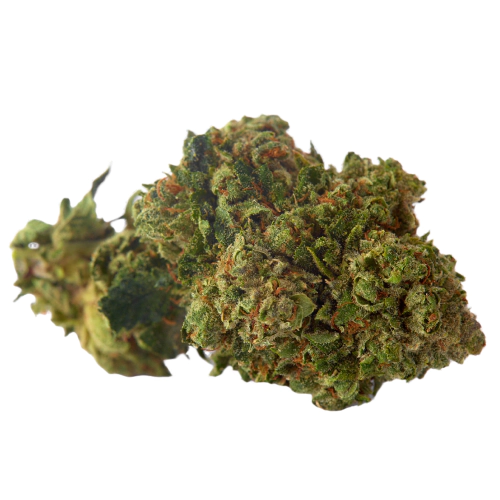
THC 15.57 - 17.57%
CBD 0.47 - 0.85%
Effect Sleepy
Flavor Spicyherbal
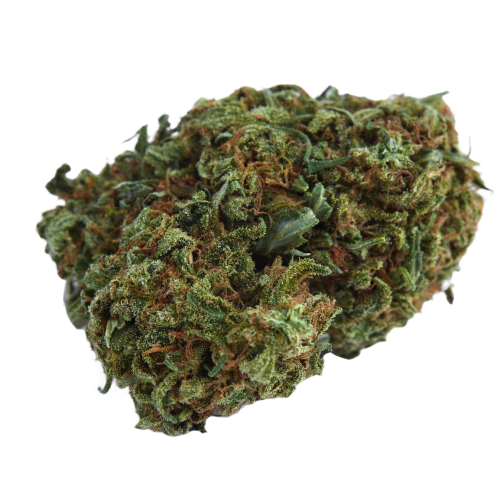
THC 17.92 - 19.92%
CBD 2.28 - 2.86%
Effect Sleepy
Flavor Berry



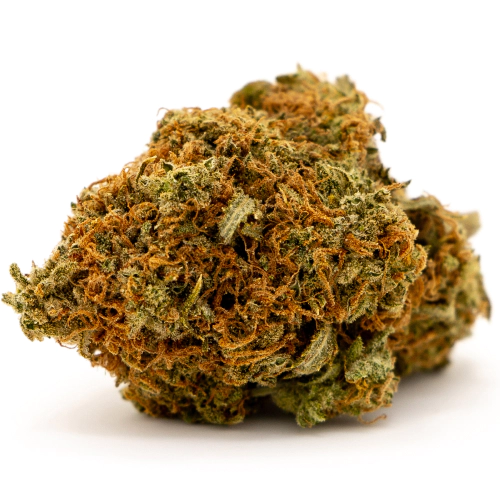
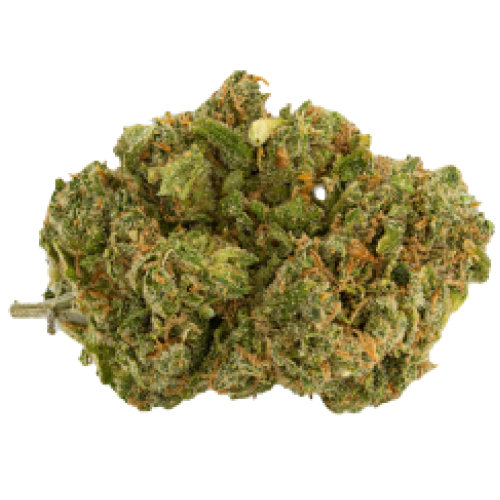

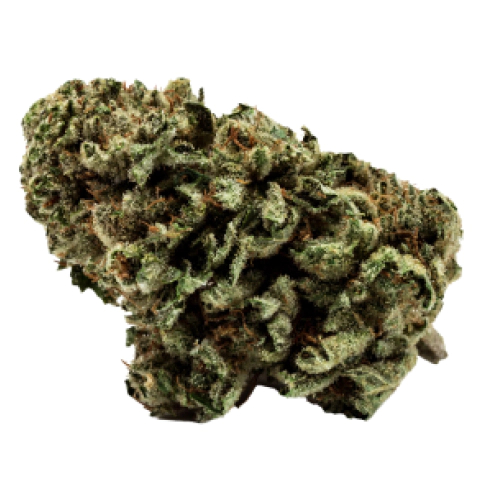
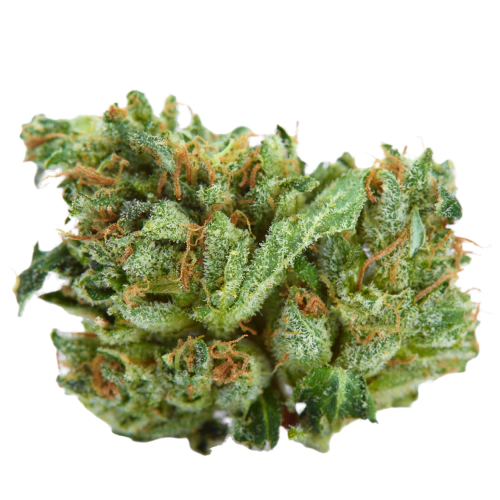
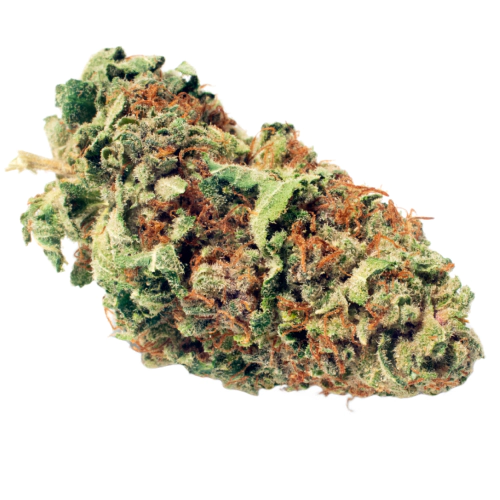
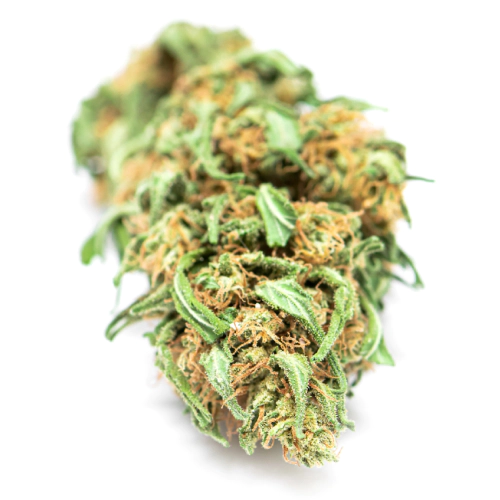

Be the first and share your opinion
Write a Review